One of the most common questions gardeners have is whether or not they should add sand to their garden soil. The answer to this question depends on a variety of factors, including the type of soil you have and what you are growing.
In this blog post, we will explore the benefits and drawbacks of adding sand to garden soil, so that you can make an informed decision about what is best for your plants!
Should You Add Sand To Garden Soil?
It depends on what type of soil you already have and what plants you are growing. For example, some plants like aerated soil while others prefer nutrient-dense soil.
If you own succulents or cacti, for instance, adding sand to your soil can improve drainage since these plants come from arid regions. In fact, the perfect soil mix for succulents includes lots of sand.
I will now talk about each type of soil and when you should or shouldn’t add sand to it.
Sandy Soil
Sandy soil is well-drained but does not retain nutrients well. If you want to add sand to sandy soil, do so sparingly. You can also mix in some organic matter, such as compost, to help improve the soil’s ability to hold onto nutrients.
Clay Soil
Adding sand to clay soil can be a great way to improve drainage. However, you will need to add a lot of sand in order to make a significant difference. It is also important to note that adding too much sand to clay soil can make it difficult for roots to penetrate the soil.
Loamy Soil
Loamy soil is a good middle-of-the-road option – it has decent drainage and nutrients. If you have loamy soil, you may not need to add any sand at all. However, a small amount of sand can improve drainage if your soil is on the heavy side.
The Benefits of Adding Sand to Soil
Drainage – First, as we mentioned, it can improve drainage. This is especially important in areas with high rainfall or if you are growing plants that prefer well-drained soil.
Loose – Second, sand can also help loosen up compacted soil. If your soil is too dense, adding sand can make it easier for roots to penetrate the soil and access nutrients.
Aeration – Third, sand also helps improve aeration. This is important for plant growth because it allows roots to access the oxygen it needs to thrive.
The Drawbacks of Adding Sand to Soil
Sand is not a perfect solution, and there are a few drawbacks to consider before you add it to your soil.
Loss of Nutrients – First, sand is not very good at retaining nutrients. This means that if you add sand to your soil, you will need to fertilize more often in order to maintain healthy plant growth.
Weeds – Second, sand can also help weed seeds germinate and grow. If you are trying to control weeds in your garden, adding sand is not the best solution.
You also need to be careful about using clay and sand together. Think about it – what do builders use? A concrete mix that is made with clay and sand. Yes, adding clay and sand together can make a concrete-like mixture that is very difficult for roots to penetrate.
The key is to use the right ratio of ingredients. It’s important to add nutrient-dense soil amendments, such as compost, to improve the texture and quality of your soil.
Adding compost will also help improve the nutrient profile and water-holding capacity of your soil. Your plants will more than appreciate it!
What Kind of Sand Should I Add to Soil?
Horticultural sand is perfect for adding to garden soil. It is a type of sand that contains different size particles, which is great for drainage. Horticultural sand is also known as coarse sand, sharp sand, and quartz sand.
If you can’t find horticultural sand, you can use builder’s sand instead. It is a type of sand that is also great for drainage. However, the builder’s sand does not have as many different size particles.
Can I Put Sand on Top of Soil?
You can, but it is not the best solution. The sand is better when mixed in with the soil. This is because it will help improve drainage and aeration.
If you put sand on top of the soil, it will likely just blow away in the wind. The sand will also make it difficult for water to penetrate the soil, which can lead to problems with plant growth.
The bottom line is that adding sand to garden soil can be beneficial. However, you need to use the right type of sand and add the right amount. Too much sand can actually do more harm than good!
Conclusion
In conclusion, whether or not you should add sand to your garden soil depends on the type of soil you have and what plants you are growing. Adding sand can improve drainage, but it also has some drawbacks.
Be sure to weigh the pros and cons before making a decision about whether or not to add sand to your garden soil! Thanks for reading!
Tim is an avid gardener from the UK. He was the founder of PlantCarer.com from 2021 to Sep 2023. He sold PlantCarer.com to Aaron. He has since started his own business called Seed To Supper, which provides new gardeners all the materials you need in a box (pots, seeds, compost and instructions) to grow your own delicious and nutritious vegetables and herbs from start to finish – no garden required.




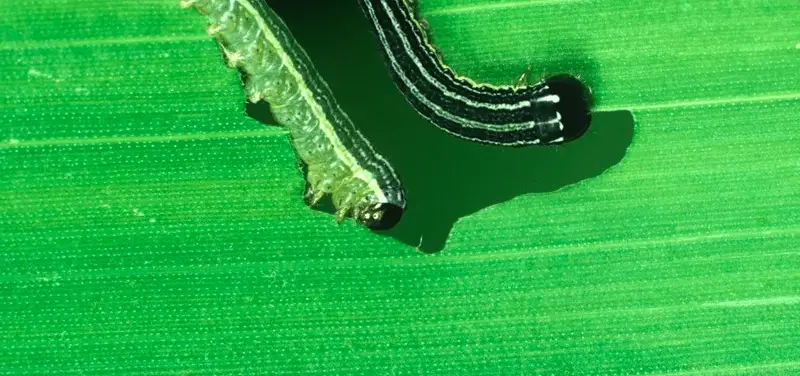
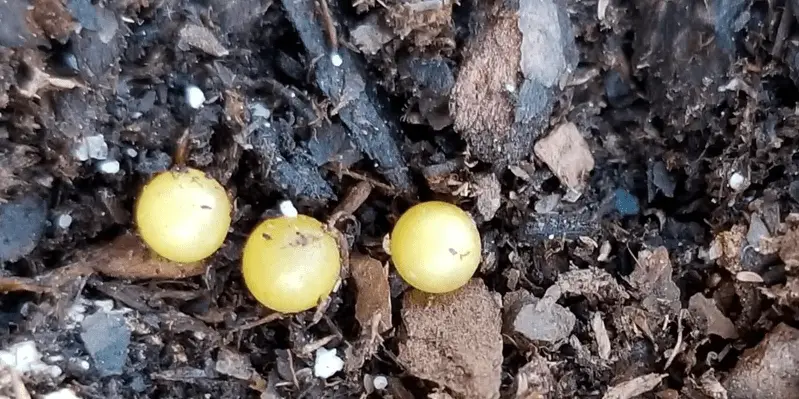
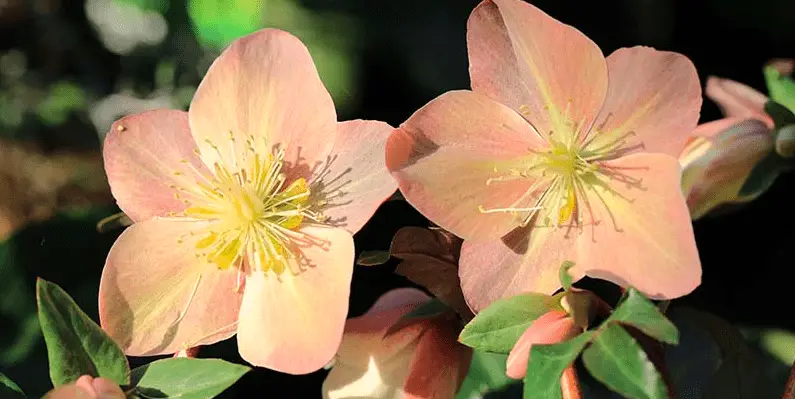
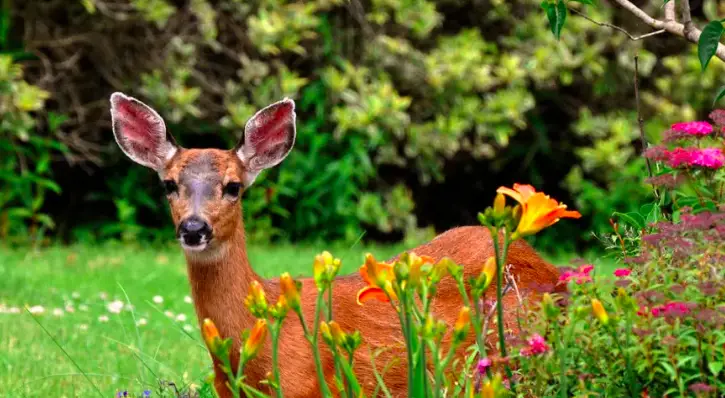
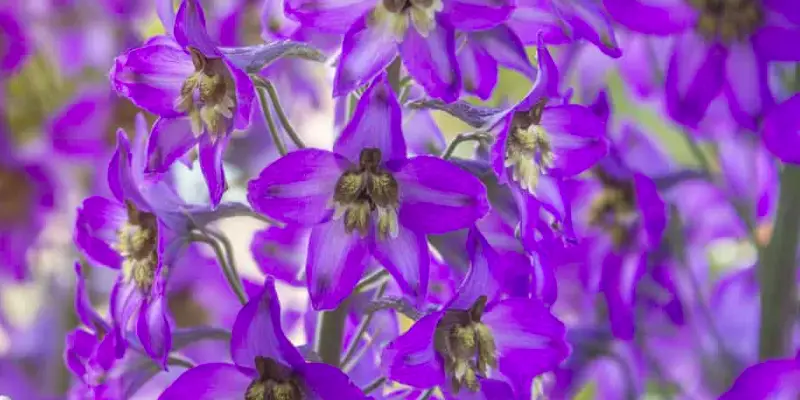
0 Comments